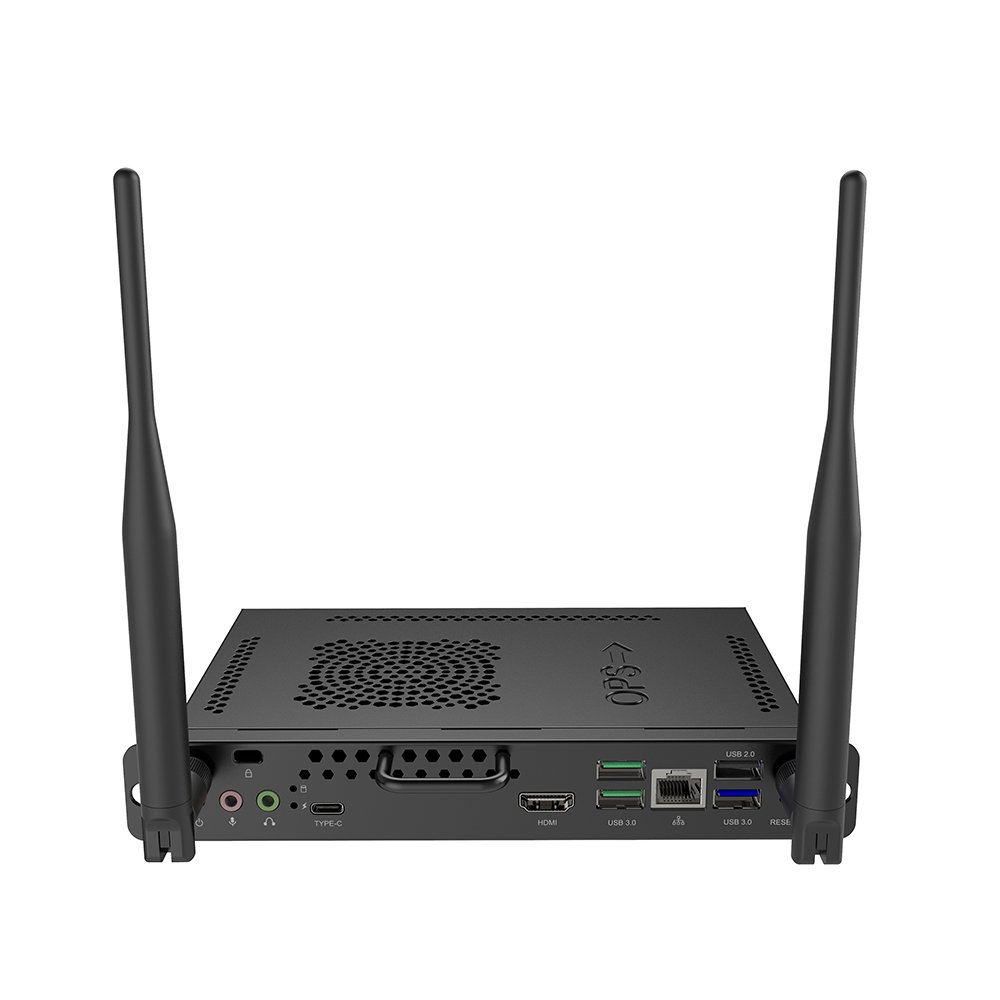Schools are racing to get clean air into their classrooms.
In the US, school districts have until September 30, 2024 to obligate the $122 billion Elementary and Secondary School Emergency Relief (ESSER) funds available to them via the American Rescue Plan (ARP).1 To get a better idea of where the funds would be going, FutureEd analyzed the spending plans of 5,000 US school districts, which make up almost 74% of public schools in the US. According to their findings, around half of the districts are allocating the funds for heating, ventilation, and air conditioning (HVAC) system installation or upgrades.2
A June 2020 report released by the US Government Accountability Office (GAO) noted that around 41% percent of districts, comprising 36,000 schools, were already in urgent need of HVAC upgrades.3 GAO pointed out how some schools were still using early HVAC systems that date as far back as the 1930s. If left unmaintained, such systems could lead to poor indoor air quality, water leakage, and mold growth.
Old HVAC systems are also known to waste energy and increase operational costs, so much so that the Biden administration has funneled an additional $500 million to fund school infrastructure upgrades, with particular focus on the installation of more energy efficient HVAC systems.4
Similarly, other countries have also launched initiatives to improve indoor air quality in schools. The German government, for example, has announced that they are looking into installing more HVAC systems in kindergartens and primary schools.5
Percentage of school districts allotting their ESSER funds for HVAC upgrades


Why the upgrades matter
While traditional HVAC systems allow administrators to manually program the air conditioning settings for their school, smart systems provide more advanced and automated filtration and temperature control options6 that help make classrooms more conducive to learning. Research has consistently shown that better indoor air quality can increase student cognitive performance and lower absenteeism rates related to airborne sickness.7
Replacing old, inefficient systems also has long-term benefits in terms of cost savings. Eco-friendlier HVAC systems are able to reduce their school’s carbon footprint and improve their energy efficiency by 30-40%.8 Educational institutions with large campuses may acquire industrial-grade systems that ensure cost savings for about 20 to 25 years.9
HVAC Upgrade Benefits


Smart HVAC and BenQ Boards
In case your school is planning on upgrading to a smart HVAC system, you can use it to work with your BenQ Board and automate the air quality regulation of your classrooms.
BenQ Boards have built-in sensors* that check for different air quality conditions in classrooms. They measure factors like temperature, carbon dioxide (CO2) levels, and particulate matter (PM2.5) concentration, among other things. Schools can use these live readings to trigger their smart HVAC system to adjust the air quality of each classroom accordingly.
When there is a high concentration of particulate matter in a classroom, for example, the PM2.5 sensor picks this up and the BenQ Board automatically does two things: First, it activates the display’s built-in air ionizer** which releases negative ions that help decrease the amount of suspended particles in the air. Second, if your board is using an Azure Certified slot-in PC with the BenQ Launcher, it can send the data to your Azure cloud server. Custom software developed by the HVAC system integrator processes this data and sends commands to the HVAC controller, which then regulates the filtration and airflow of the affected classroom.
Since this whole process is automated, classes are able to run smoothly. It allows teachers to focus on their lessons without stopping to manually adjust their room’s air conditioning settings.

For more information on our BenQ Boards’ indoor air quality technologies and our Azure Certified slot-in PC, check out the related products below.
References
- Rodriguez, R., US Department of Education response letter to AASA’s request for ARP ESSER spending flexibility, 13 May 2022, https://aasa.org/uploadedFiles/AASA_Blog_The_Total_Child(1)/AASA%20Response%20Letter%205_13_22.pdf, last accessed 14 September 2022.
- DiMarco, B, and Jordan, P., "Covid-Aid Spending Trends by City, Suburban, Rural School Districts", FutureEd, 20 June 2022, https://www.future-ed.org/covid-aid-spending-trends-by-city-suburban-rural-school-districts/, last accessed 14 September 2022.
- US Government Accountability Office, “K-12 Education: School Districts Frequently Identified Multiple Building Systems Needing Updates or Replacement”, 4 June 2020, https://www.gao.gov/products/gao-20-494, last accessed 14 September 2022.
- “FACT SHEET: The Biden-Harris Action Plan for Building Better School Infrastructure”, The White House, 4 April 2022, https://www.whitehouse.gov/briefing-room/statements-releases/2022/04/04/fact-sheet-the-biden-harris-action-plan-for-building-better-school-infrastructure/, last accessed 14 September 2022.
- “Endlich! Bund fördert „stationäre Frischluft-Klimaanlagen“ in Kitas und Schulen – Minister fordert: „In den Sommerferien einbauen!“”, News4Teachers Magazine, 14 May 2021, https://www.news4teachers.de/2021/05/endlich-bund-foerdert-einbau-von-stationaere-frischluft-klimaanlagen-in-kitas-und-schulen-minister-fordert-traeger-auf-die-sommerferien-zum-einbau-zu-nutzen, last accessed 14 September 2022.
- “Heating, Ventilation and Air-Conditioning Systems, Part of Indoor Air Quality Design Tools for Schools”, United States Environmental Protection Agency, 16 December 2021, https://www.epa.gov/iaq-schools/heating-ventilation-and-air-conditioning-systems-part-indoor-air-quality-design-tools, last accessed 14 September 2022.
- “Why Indoor Air Quality is Important to Schools”, United States Environmental Protection Agency, 9 December 2021, https://www.epa.gov/iaq-schools/why-indoor-air-quality-important-schools, last accessed 14 September 2022.
- “HVAC”, Australian Government Department of Climate Change, Energy, the Environment and Water, https://www.energy.gov.au/business/equipment-and-technology-guides/hvac, last accessed 14 September 2022.
- Ibid.
Notes
*The air quality sensors are available on all models of the BenQ Board Pro.
**The air ionizer is only available on the BenQ Board Pro RP04 and RP03 series.

